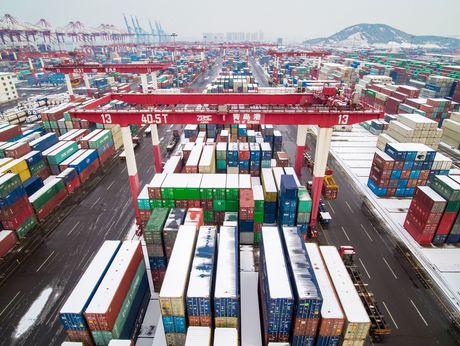
Contact us for a free online quote
Currency markets this week have taken on more turns than a wounded snake. US Trade policy has been high on the agenda again with most currencies up Thursday against the US Dollar.
After President Trump said earlier in the week a deal with China would not be done until after the election in 2020 he commented that talks between the two sides are now going “very well”. Negotiations of the “phase one” deal are now expected to be completed before tariffs are set to increase on December 15. Earlier in the week the President said he would levy Argentina, France and Brazil with the aim of protecting US workers. The flow on effect of Trump’s tariff war on the world may end up hurting the competitiveness of US manufacturers further, after all this sector is currently in a recession after contracting in November for the fourth month straight driven by these tariff tensions and global growth.
As predicted the Reserve Bank of Australia left their cash rate unchanged at 0.75% with the board saying they are prepared to ease policy further should the economic situation worsen. The decision came across a little more hawkish than we have seen in the past based on improving house prices and the potential to lift household spending. Calls for the RBA to cut again as early as February will be monitored by incoming data.
The New Zealand Dollar rose across the board yesterday after the Reserve Bank of NZ will instigate plans to nearly double the amount banks are currently required to hold as capital from 8.5% to 16%. Large banks will need to hold 18% in total capital with smaller banks 14%. The amounts are a lot and equate to about 24 Billion NZ Dollars worth but Orr said “more capital also reduces the likelihood of a bank failure”. The time allocated for this was stretched out from 5 years to 7 years.
